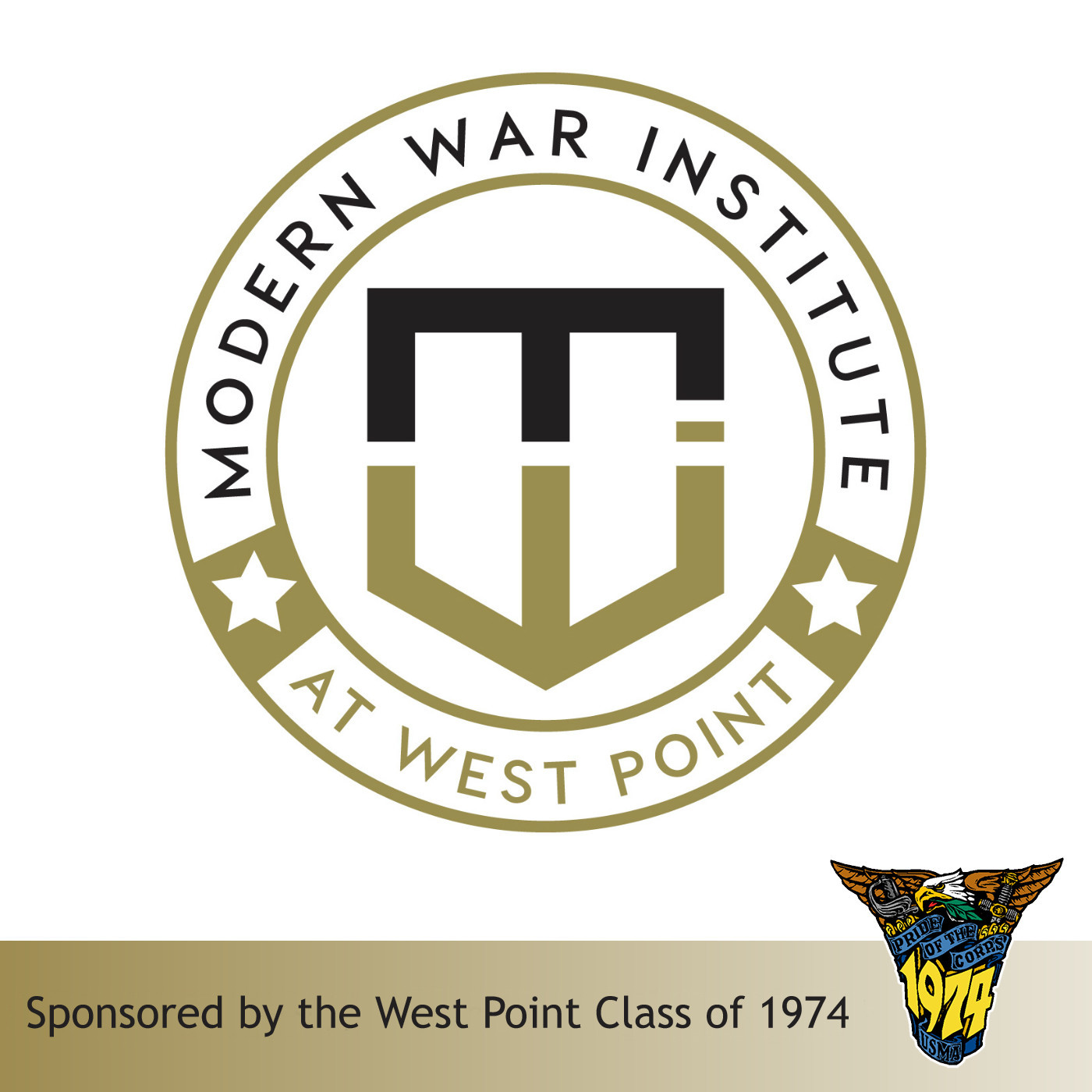Seventy-five years ago, on April 4, 1949, representatives of twelve governments came together to sign the North Atlantic Treaty. Much has changed in the intervening period—the Cold War came and went, NATO invoked the Article 5 collective defense clause after the 9/11 attacks, an era of renewed strategic competition has emerged, and large-scale conflict has returned to the continent of Europe. Yet despite all of that change, in both the strategic landscape and the alliance itself, NATO's history is marked by remarkable continuities. That means that an appreciation of its history provides a useful framework within which to understand the challenges and opportunities NATO faces today. To explore that history, this episode features a discussion with Seth Johnston, a US Army officer and author of How NATO Adapts: Strategy and Organization in the Atlantic Alliance since 1950.

In recent weeks there has been a considerable amoung of questioning in public debate in the United States about Germany and—when it has been...

In this episode, John Amble speaks with Chris Dougherty of the Center for a New American Security. He and his colleagues recently conducted a...

This episode of the MWI Podcast tackles the topic of no-fly zones. Almost immediately after Russian forces invaded Ukraine, Ukrainian President Volodymyr Zelenskyy began...